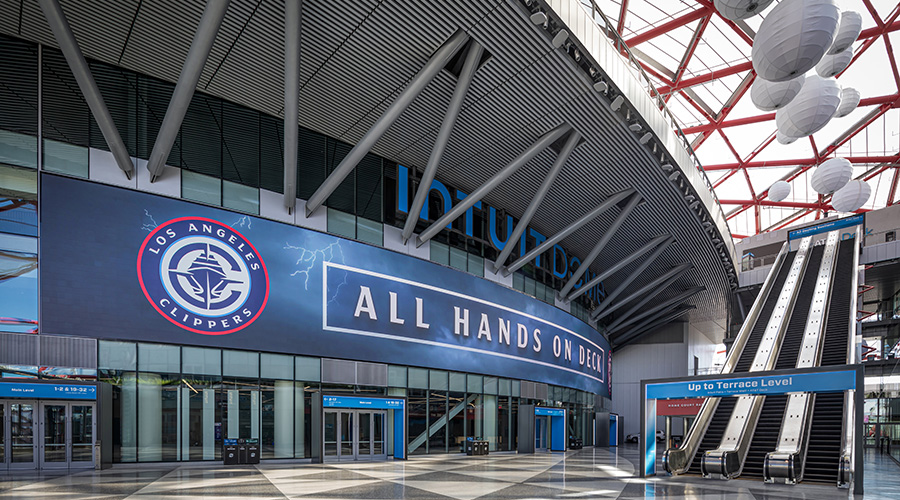LEED O+M: Cut Energy, Water Waste With O+M Manual, Requirements
The third tip is to make sure your facility has a current facility requirements (CFR) document and O+M manual. Both of these documents should be among the first deliverables of the energy audit or retrocommissioning efforts, and both are absolutely essential for the proper, sustainable management of a facility. Countless amounts of water, energy, and dollars are wasted annually by operations staffs that don’t have proper documentation of their building’s operating requirements, physical assets, and systems, nor of the routine maintenance activities that should be taking place to keep the building in proper condition.
For those familiar with new building commissioning, the CFR is the existing building equivalent of the owner’s project requirements (OPR) document. It outlines a facility’s needs based on its current function, as well cataloging its current physical assets. Understand that, because of the high number of older buildings in operation, many buildings are being expected to support uses they were never designed for. This leads to inherent water and energy system inefficiency as well as functional and thermal comfort issues. The CFR allows a team to pin down what the current facility needs are and ascertain areas where current physical assets are insufficient to meet those needs. The O+M Manual builds upon the CFR’s catalogue of physical assets by identifying the types and schedules of routine maintenance activities for building systems and components. It’s often shocking to see the damage done to physical assets like cooling towers that don’t receive proper treatment or gutters and roof drains that aren’t regularly cleaned and maintained.
In the cases of both the CFR and the O+M Manual, understand that these must be living documents. They need to be updated regularly and integrated into any LEED O+M plans to be useful. Changed your setpoints? Write it down. Installed new lighting fixtures? Save your new lighting plans and cut sheets. The reason is simple: When knowledge is lost, water, energy, and money often follow.
TIP #4: Don’t Lose Sight of What’s Really Important
The last tip is somewhat counterintuitive: The ultimate goal of the LEED O+M certification effort shouldn’t be to earn a LEED plaque. If you look at the process as finite, where achievement of the certification is the end game, you’ve already lost the plot. Look at LEED O+M as a long-term commitment to sustainability from owner to tenant and from staff to vendors alike. It should not only be about earning a LEED plaque, it should be the process of building a culture of continuing improvement that will help your project reduce operational costs and its ecological footprint over time.
Use the achievement of LEED O+M certification and programs like Energy Star as rallying points to generate excitement and validate that your culture of continuous improvement is working. Promote your culture of continuous improvement by making performance in sustainability criteria areas a key part of the evaluation process for staff and vendors. Reward improvement and make sure budgets are sufficient so that continuous improvement can realistically be achieved. And, finally, remember that LEED-EB O+M projects have to recertify every five years. This is a marathon, not a sprint, and with that in mind, your team needs to be in it for the long haul.
Pete Choquette, AIA, LEED AP BD+C, ID+C, O+M, is the design and consulting department manager at Epsten Group. He oversees the company’s design, LEED consulting, energy modeling, and envelope consulting services. He holds three LEED Accredited Professional specialties and is a registered architect with more than 10 years of experience.
Related Topics:













